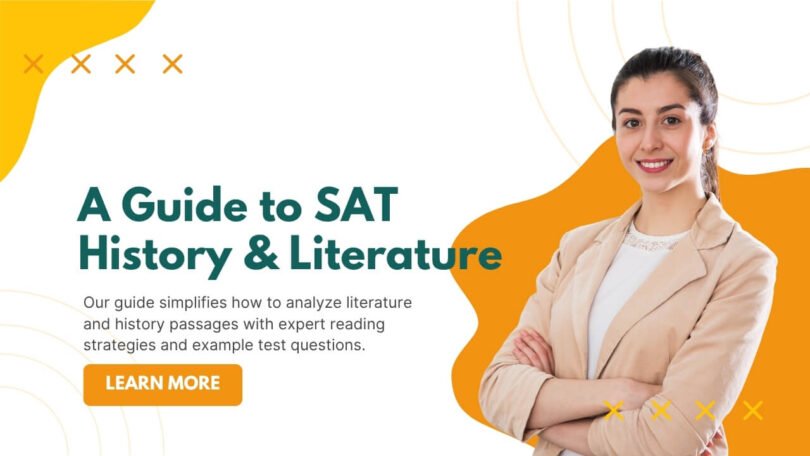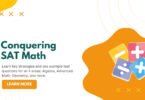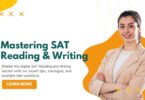On the Digital SAT Reading and Writing section, some of the most intimidating questions come from older literature and historical texts. The language can feel dense, the sentence structures complex, and the ideas abstract. But with the right approach, these passages become much less scary.
This guide will give you specific, simplified strategies for tackling both literature and history passages. We’ll show you what to look for, how to read effectively, and provide SAT example test questions so you can practice these crucial skills.
Part 1: How to Tackle Literature Passages
Literature passages on the SAT reading section are typically excerpts from novels or short stories written before 1920. Don’t get bogged down by the unfamiliar language; focus on the core elements of storytelling.
What to Look For:
- Characters and Relationships: Who are the main characters? How do they feel about each other?
- Plot and Conflict: What is happening in this scene? What is the main problem or tension?
- Tone and Mood: What is the overall feeling of the passage? Is it tense, comical, reflective?
Top Strategy: Focus on Character Motivation
Ask yourself, “What does this character want?” and “What is stopping them from getting it?” Understanding a character’s goal and conflict will help you unlock the central meaning of the passage. Pay close attention to descriptive words and dialogue, as they reveal characters’ inner feelings.
SAT example test Literature Question:
Passage: “It was a disappointment to her that he should be so unconscious of his own attributes. She had seen him in her waking dreams—a knight, a hero, who would storm the battlements of her narrow world. Instead, he spoke only of harvests and the price of grain, his gaze fixed on the practical earth rather than the horizon of her hopes.”
Question: The passage suggests that the woman feels her companion is…
A) heroic but shy.
B) overly concerned with mundane matters.
C) secretly ambitious.
D) hostile toward her dreams.
Answer: B) overly concerned with mundane matters. The contrast between her dreams of a “knight” and his focus on “harvests and the price of grain” shows her disappointment with his practical, or mundane, nature.
Part 2: How to Decode History & Social Studies Passages
These passages are often speeches, essays, or foundational documents about topics like liberty, rights, or government. The language can be formal, but the structure is usually very logical.
What to Look For:
- The Main Argument: What is the author’s central claim or main point? It’s often found in the first or last sentence.
- The Evidence: How does the author support their claim? Are they using logical reasoning, historical examples, or appeals to emotion?
- The Author’s Purpose: Why is the author writing this? Are they trying to persuade, criticize, or inform?
Top Strategy: Find the Main Claim First
Don’t get lost in the complex sentences. Before you do anything else, identify the single most important idea the author is trying to convey. Every other part of the passage is there to support that one main argument. Once you find it, the rest of the text becomes much clearer.
SAT example test History Question:
Passage: “The notion that a government, formed by the consent of the people, can rightfully act in opposition to the will of that people is a fallacy. For government is but a tool, created to serve the ends of its citizens, not to be their master. Its legitimacy is perpetually on loan from the populace, and it is by their continued approval that it is sustained.”
Question: The author’s central claim in the passage is that a legitimate government…
A) must have a powerful military.
B) should be led by a single, decisive ruler.
C) is superior to the will of the people.
D) derives its authority from its citizens.
Answer: D) derives its authority from its citizens. The passage repeatedly emphasizes that government is formed by “consent,” is a “tool” for citizens, and its legitimacy is “on loan from the populace.”
Whether you’re working on the Sat reading section or the SAT math section, the key is practice. Use a Digital SAT Practice Tests to apply these strategies to a wide variety of passages and build the confidence you need for test day.







